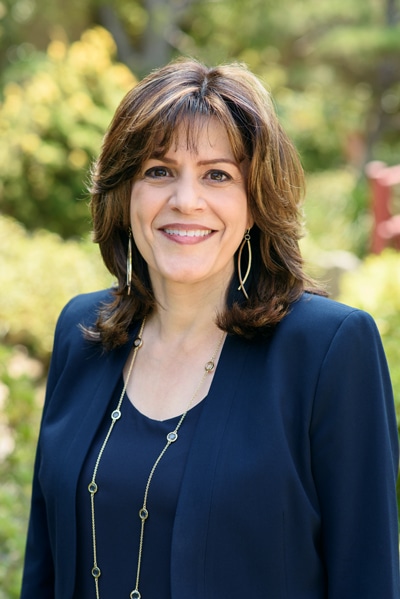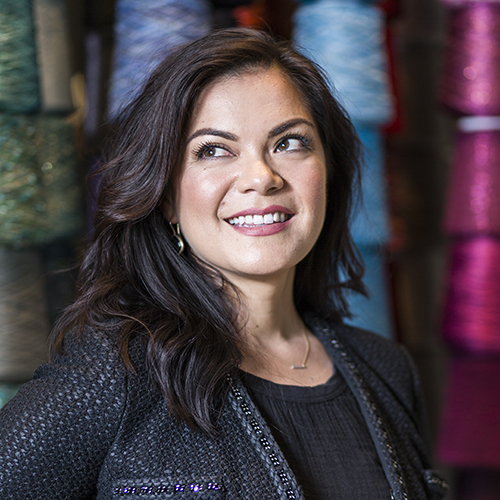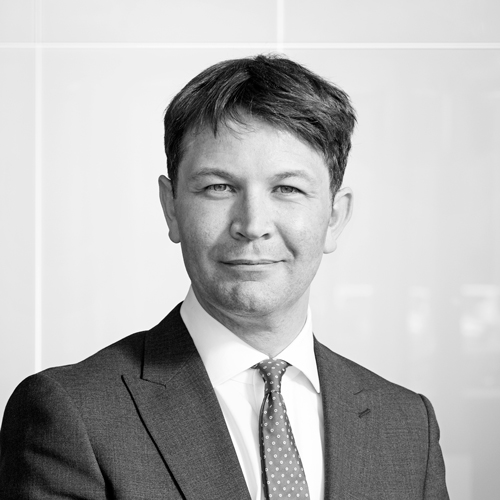In Los Angeles, City of Hope—an acclaimed nonprofit clinical research and treatment center for cancer, diabetes, and other life-threatening diseases—has emerged as a destination place for world-renowned doctors, nurses, and researchers to develop leading-edge treatments. “We bring tomorrow’s discoveries to the people who need them today,” says Kety Duron, the organization’s chief human resources and diversity officer.
Those are lofty goals, and Duron is confident that City of Hope can achieve them. In fact, she uses a quote attributed to Nobel Prize-winner Dennis Gabor for inspiration: “The best way to predict your future is to create it.” Now, whether helping City of Hope overcome the war for talent, a nationwide nursing shortage, or responding to the needs of different generations working side by side, Duron is doing her part to ensure that City of Hope is a leading place to work.
But at one time, Duron never considered a career in healthcare, let alone in human resources. In fact, she grew up on the island of Cyprus and planned to become a college physics professor. She came to Los Angeles after graduating with a degree in physics from the University of Athens in Greece and expected to pursue a graduate degree before returning home to teach.
Duron took a job in human resources at UCLA Health while preparing for her college entrance exams. Because of that experience, she not only decided to change career paths but also wound up working for UCLA for nearly three decades.
“I was immediately impressed with the VP of human resources at UCLA,” Duron recalls. “She was passionate about the people and was focused on making their journey a success.”
That vice president went on to become a mentor for Duron and encouraged her to return to school for her MBA instead of pursuing physics. That first experience taught Duron that human resources could make a major difference by influencing the organizational culture and ensuring high workforce engagement, retention, and productivity.
After more than twenty-five years with UCLA Health, Duron implemented that same mind-set to the role of vice president of human resources at Stanford Healthcare. She then returned to Los Angeles, where she considers home, in June 2016 to become the chief human resources and diversity officer at City of Hope.
“My goal is to make City of Hope the best place to work,” Duron says. “From a talent strategy perspective, it is important that we continually attract the best talent while we develop, engage, and celebrate our existing talent. As the talent gaps continue to grow in healthcare, it is critical that we develop talent pipelines and grow our own talent. Working with our community to educate youth on careers in STEM and designing curriculums with local universities to deliver the right skills are some of the strategies that we are cultivating.”

That’s of critical importance, especially as the competition for talent is at an all-time high, Duron says. “We have made City of Hope a home for leading scholars with promising discoveries and rising stars with big ideas who want the chance to develop new solutions and deliver new cures,” Duron says. “We are highly focused on curing cancer and diabetes, and every recruit can make a difference in research and treatment methods, lives improved, and lives saved. As the chief human resources and diversity officer, it is my role to set the talent strategy and proactively plan for our talent needs. We are best able to do that by working closely with the leaders across the enterprise and serving as their thought partners.”
Another key focus for City of Hope is diversity and creating an inclusive environment where talent can thrive. City of Hope has established diversity resource groups for veterans, young professionals, LGBTQ, and more to ensure employees feel that they are part of the bigger community. That work has led to national recognition, including being named the leader in LGBTQ healthcare equality by the Human Rights Campaign Foundation in 2017.
As Samuel H. Golter, one of City of Hope’s early leaders stated, “there is no profit in curing the body if, in the process, we destroy the soul.” Those words continue to be the credo that guides City of Hope’s approach to patient care. “We are committed to treating the whole person not only by providing the best medical care possible, but also by providing that care in an atmosphere of kindness and compassion,” Duron says.
To ensure that from a workforce standpoint, Duron says first impressions make lasting impressions. That’s why she works to ensure that an employee’s first impression is the right one. “Every faculty member and employee we onboard will bring others with them,” she says. “Our own workforce serves as ambassadors in referring new talent to City of Hope.”
With every step, Duron fully embraces the organization’s mission, vision, and values, always going out of her way to recognize the work of others and celebrate their successes. “As leaders, we have a responsibility to set the example and embody the behaviors we want others to demonstrate,” Duron says.
Photos: Craig Takahashi

